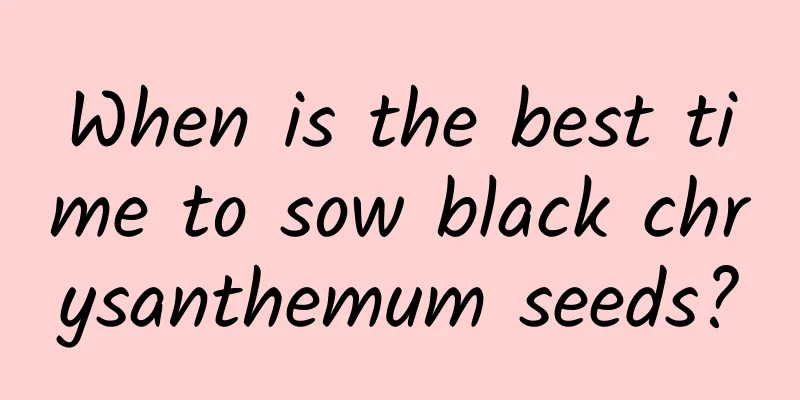What fertilizer is best for roses?

|
There are some skills to growing such tall roses, mainly fertilizing. Only with sufficient growth momentum can the branches and leaves grow lush and the flowers become plump and colorful. If you want the plants to break through their limits and realize their maximum growth potential, you must master the techniques of fertilization and the knowledge of various fertilizers. This way, even after five or six years of cultivation, the roses will still be lush and the amount of flowering will increase year by year. Rose Fertilizer1. General purpose chicken manure fertilizer General chicken manure fertilizer is very effective for growing flowers. The chicken manure fertilizer sold on the market is processed and will not have a strong odor. If you grow roses and don’t know what fertilizer to use, you can use this one, which is very effective. 2. Potassium dihydrogen phosphate to promote flowering Fertilizer needs to be added before flowering. Potassium dihydrogen phosphate and Huaduoduo No. 2 are needed to promote flowering. These two fertilizers do not need to be landfilled. They only need to be diluted with water when watering. Note that the ratio is 1000 times clean water for spraying leaves and 2000 times clean water for root irrigation. Rose fertilization method1. Time Fertilization cannot be done during the hot noon, but it can be done after the rain. Also, be careful not to apply fertilizer too close to the root system to avoid burning the plants. After fertilizing, you can water the plants thoroughly the next day to speed up melting and absorption. 2. Fertilizer and water Before planting roses, it is best to use the method of digging trenches to apply base fertilizer. In spring, it is necessary to water it frequently to ensure that the fertilizer can be better absorbed by the rose under the catalysis of water. 3. Flood prevention Rose is a very cold-resistant and fertilizer-resistant plant. If it encounters the rainy season during the growing period, special attention should be paid to drainage and waterlogging prevention, and fertilization should be made 2-3 times, so that the branches that have not bloomed can bloom in the second year. |
<<: How many days does coriander grow?
>>: Cultivation methods and precautions of lollipop roses
Recommend
How to eat figs and what are the benefits of eating figs
1. How to eat 1. Eat raw: The most common way to ...
The efficacy and function of red Ruimu
The gardening function of red yew The branches of...
Daily management of summer dormant flowers
Lighting Management Before entering summer, you m...
Cultivation methods and precautions of yellow horn orchid
1. Breeding methods 1. Pot soil selection If it i...
Peach blossom disease prevention and control
Peach blossom punching disease It mainly harms le...
Purple beans planting time and method cultivation management technical points
Purple bean planting time Purple beans are best p...
How to climb climbing roses
1. Proper pruning 1. Prune flowering branches Whe...
Loquat seedling planting method
Loquats are delicious and have high nutritional v...
How to keep the garden crab apple tree alive in winter
Is Shaguo afraid of cold? In fact, this plant has...
Water and fertilizer management of magnolia
Magnolia watering tips Magnolia has fleshy roots,...
How to grow Daphne koreana in pots in winter
Tip 1. Soil It is important to keep in mind that ...
How to grow cymbidium orchids so that they can bloom
1. Root The roots are its lifeblood, because for ...
The difference between amaryllis and lily
Introduction to Amaryllis and Lily Name: Amarylli...
How to prune Kalanchoe? Pruning methods and precautions
Kalanchoe pruning time Kalanchoe is usually prune...
How to water sunflowers
Key points for watering sunflowers The sunflower ...









